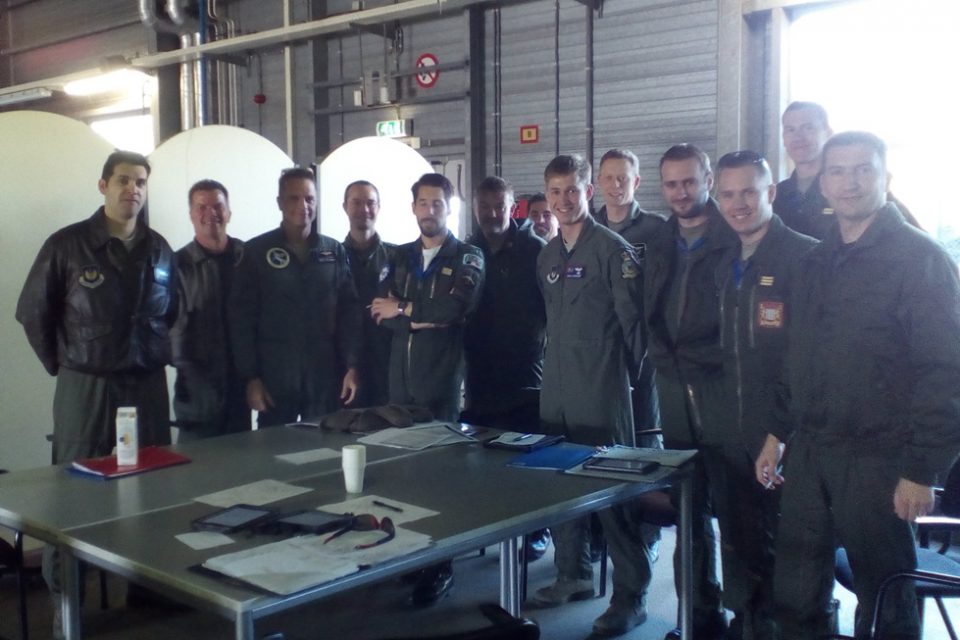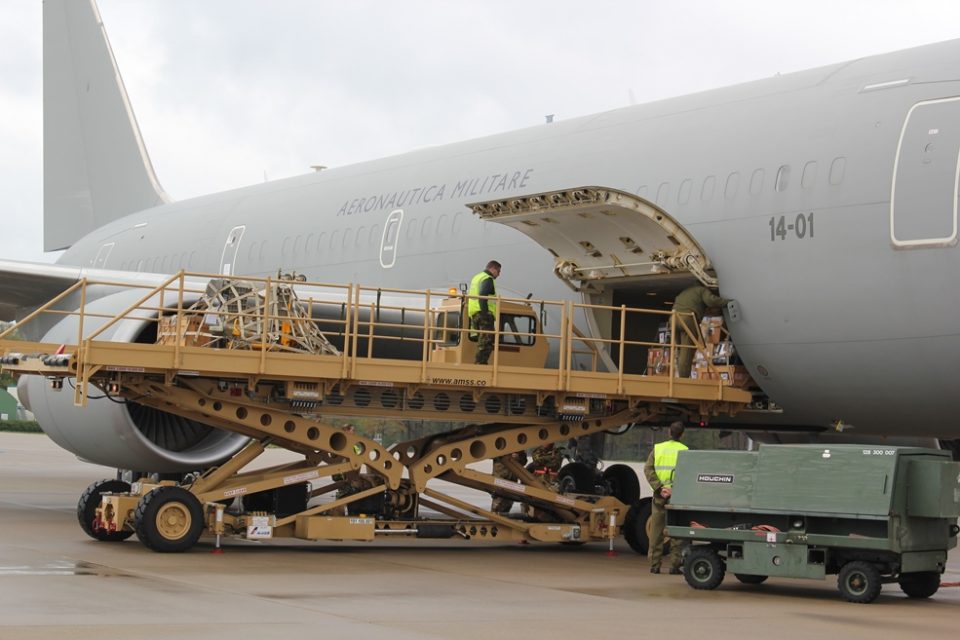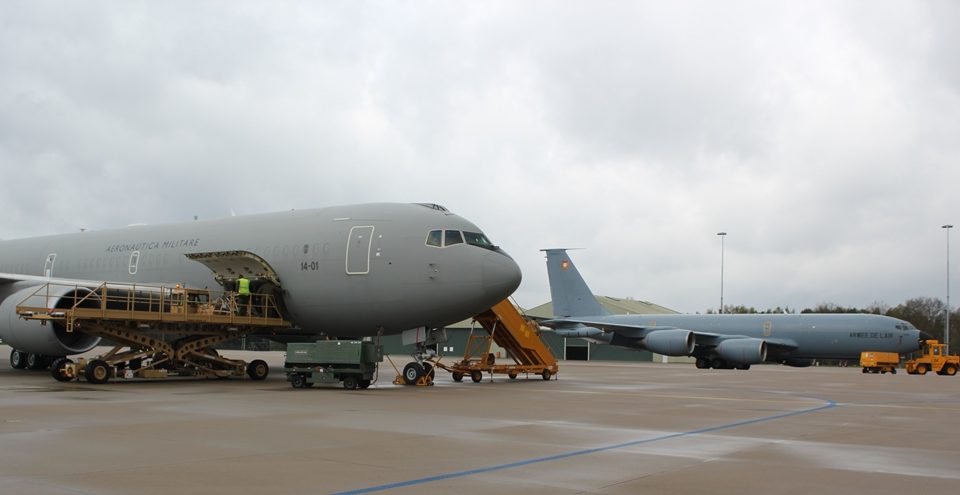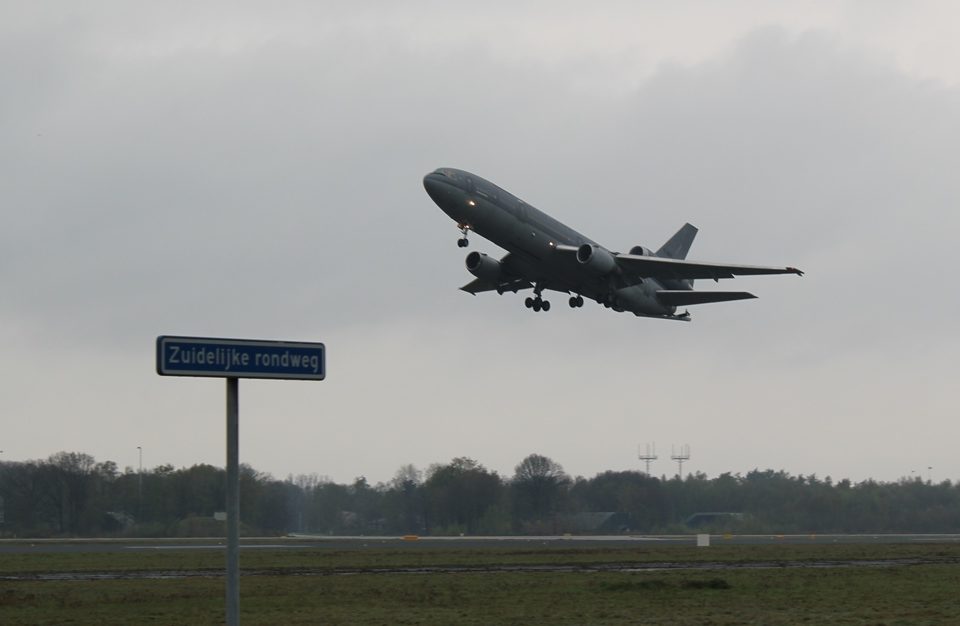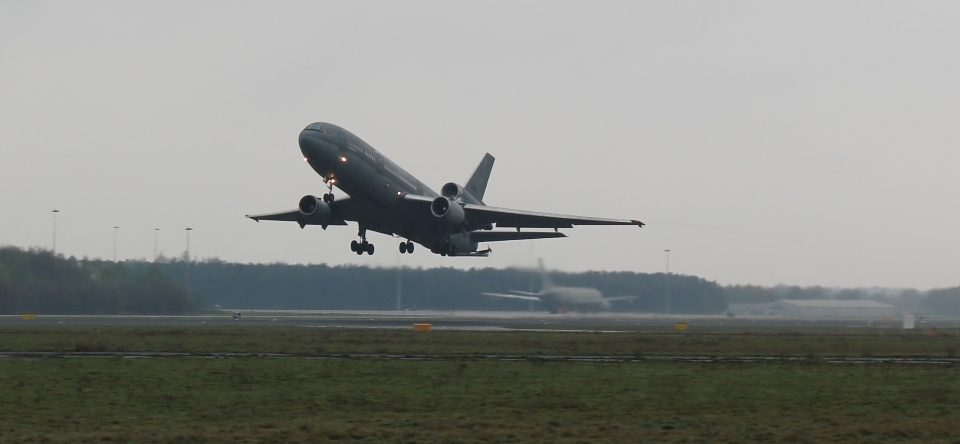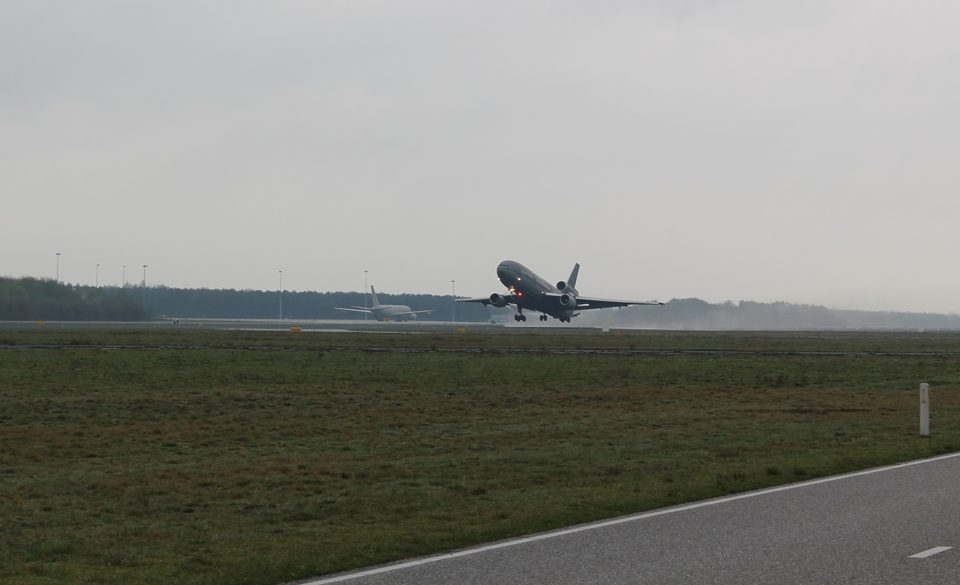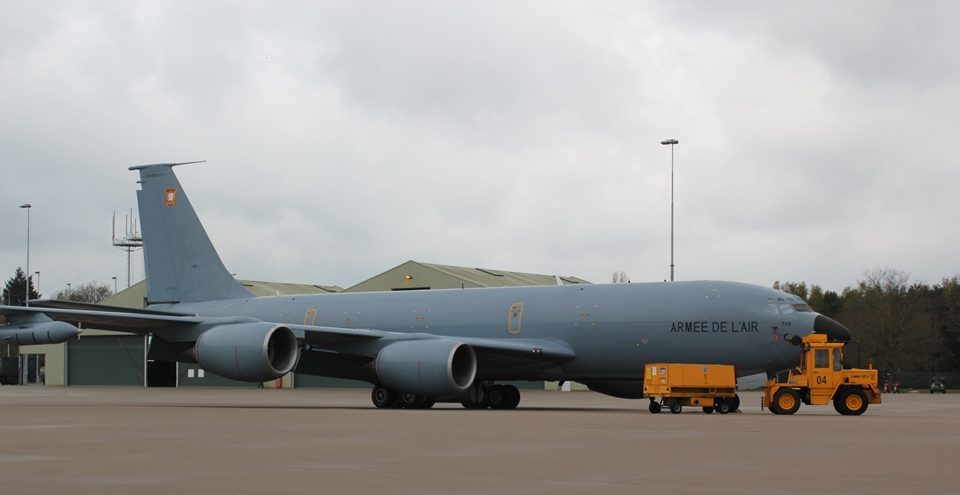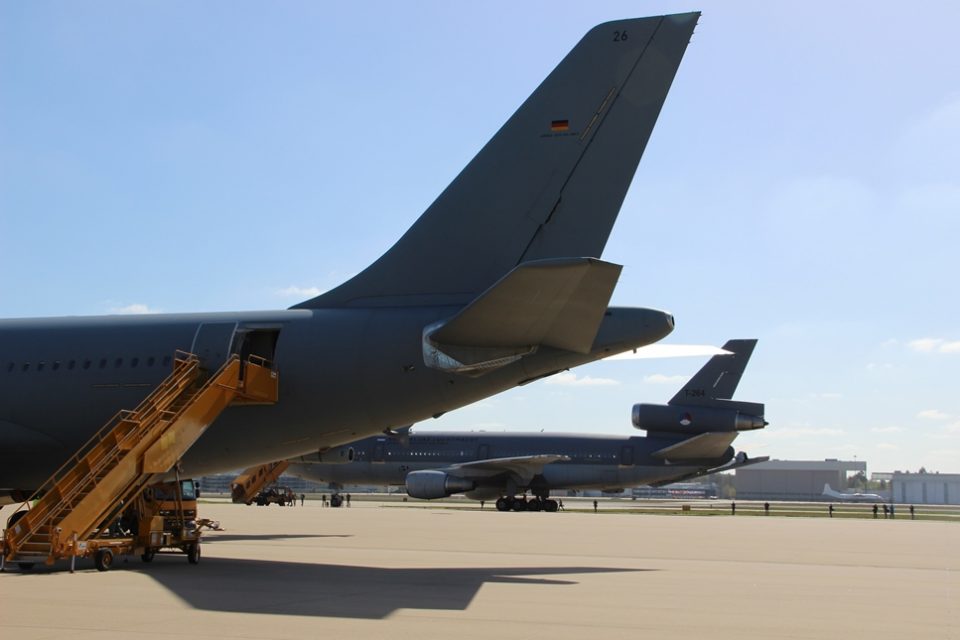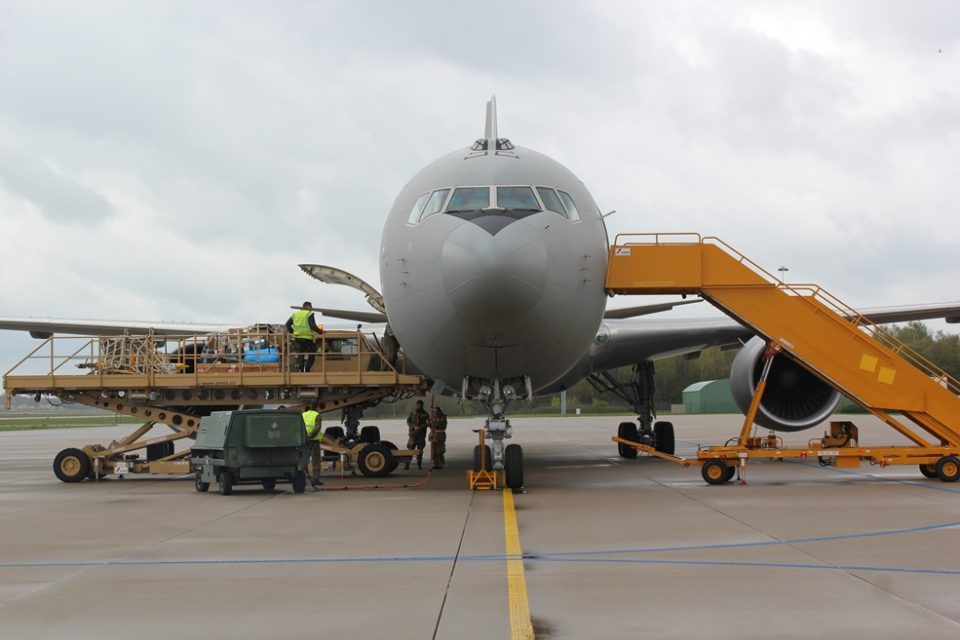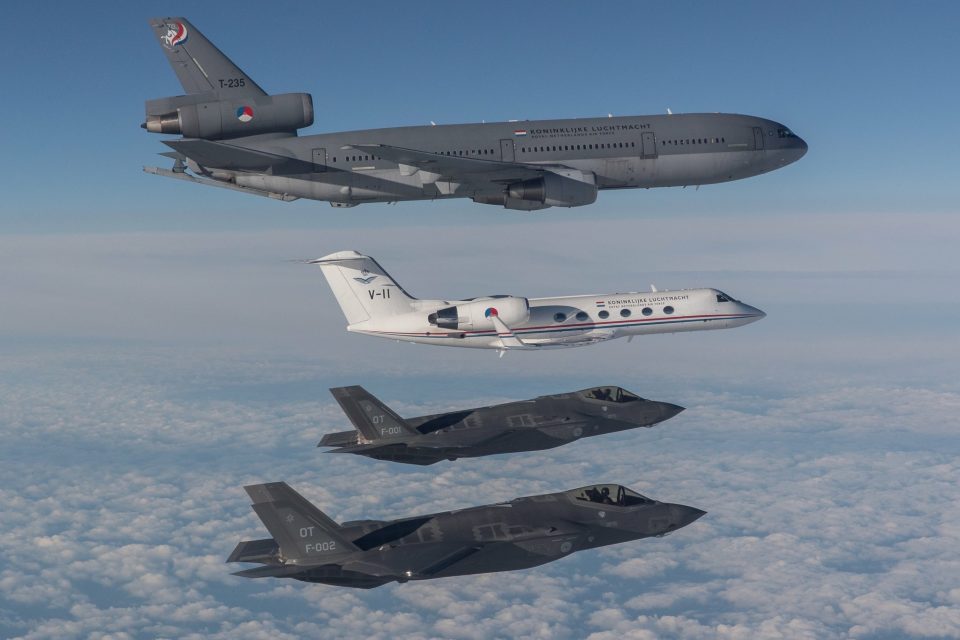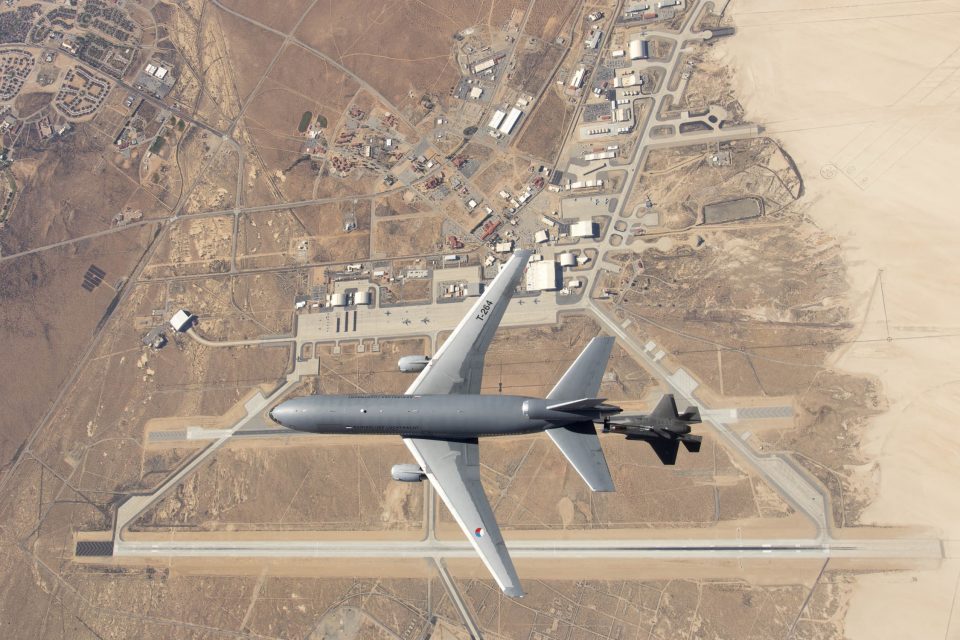2016-06-03 An important achievement in European military cooperation has been the European Air Transport Command.
According to the European Air Transport Command (EATC) website:
On 1st September 2010 a new chapter in the book of European Security and Defence Policy (ESDP) was opened, as the EATC was inaugurated in Eindhoven, the Netherlands.
The establishment of this new multinational command represents a significant step on the way to pooling and sharing national military assets and truly marks an unprecedented level of European defence cooperation.
The Netherlands, Belgium, France and Germany have put major parts of their air transport- and air to air refuelling fleets under the operational control (OPCON) of the EATC. On 22 November 2012 Luxembourg officially joined the EATC, Spain followed on 03 July 2014, finally Italy on 04 December 2014.
Now the missions of almost 200 aircraft are planned, tasked and controlled out of Eindhoven.
In addition to that the EATC runs a nationally defined level of responsibility for aircrew training, coordination of training and exercise objectives as well as the harmonization of appropriate air transport regulations of the participating nations.
The overall objective is to manage the scarce resource air transport as effectively and efficiently as possible.
The latest EART exercise (EART 2016) was run to test procedures and approaches to supporting common missions.
The third European Air Refuelling Training (EART) has been launched at Eindhoven Airbase on 10 April 2016. Initiated within the European Defence Agency’s air refuelling initiative, this successful and effective training is run by EATC and hosted by the Netherlands.
EART is the only multinational air refuelling training for air crews and engineers, enabling them to become familiar with scenarios they’re not regularly exposed to. It is organised on a yearly basis since 2014 and in combination with the Dutch Frisian Flag fighter exercise.
Four different tankers from The Netherlands, France, Germany and Italy together with their air and ground crews will participate in the 2016 EART edition. The United States are participating with a team of observer (without assets) in the training.
Over the past years EATC has further developed and refined the EART training concept. The main objective is to train tankers crews in multinational and complex air operations.
Then EART also aims at providing specific training out of the range of the participants’ national daily training: academics, mentors, air refuelling operators, crews, planners,taskers, engineers, etc… are training together for two weeks, cooperating in a multinational environment, building up interoperability with their counterparts.
Major Domenico, pilot with the Italian Air Force, and Major Jerôme, navigator with the French Air Force, have participated in EART 2016.
Here are their impressions.
Major Domenico was the Italian detachment commander and mentor pilot for EART 2016 participating with a team of 29 persons including two flight crews and one maintenance team. The Italian tanker was a KC-767A.
“It is always interesting to take a look at what is happening just outside your world. Sharing news, future programs, projects, procedures and techniques is always the most interesting part in multinational exchanges.”
The priority for Major Domenico and his detachment was to verify whether the Italian air-to-air refuelling standards were in line with those of the other countries participating in the training.
Moreover during EART 2016, they had the opportunity to meet in person other operators that had the same or a similar role in the partner countries.
As for the challenges, the primary one was to perform and fly the mission up to the national standards in an environment which was not the homebase and where there was none or only limited support from the squadron.
“Basically, we are requested to replicate abroad the same level of expertise owned at home.“
Major Jerôme was integrated as a mentor into the French detachment. His tasks included to accompany crews of any nationality during their flights, to debrief after the flight and to help improving procedures. The French tanker was a C135 FR.
“The most important thing is the opportunity, thanks to EART, to exchange with other “tanker men”.
Major Jerôme had the opportunity to fly with Dutch crews in a KDC10. He considers this experience as a very exciting learning the different procedures of partner nations. The major challenge for the whole team was to perform dedicated training in an environment the crew is not used to. The most challenging scenario was “on-scene-commander” (OSC) for a simulated survivor.
Other challenges were accompanied let-down with fighters, tanker-tanker rendez-vous, radio communication procedures or the use of code words as an operator.
For Major Jerôme, EART 2016 confirmed the experience in working together and being efficient.
“We should be very proud the way we train.”
Further information on EART 2016 was provided by Shervin Fonooni and Moharam Fonooni in an article published on May 27, 2016 on Aviation Photography Digest.
They interviewed Col. Jurgen van der Biezen, Head of the EATC Functional Division and Deputy Exercise Director of EART 2016.
Col. van der Biezen has more than 2200 flight hours in the F-16 with 3800 flight hours over all.
According to Col. Van der Biezen several objectives were achieved at the exercise:
- Plan, brief, execute and debrief, Multinational Tanker Training and Tanker Operations in large-scale operational packages in a realistic scenarios;
- Practice multinational mixed fighter operations in the OCA/DCA role against a robust airborne and ground based threat that will enhance tactical development and validatons:
- Practice Tanker-Cell Operations and Tanker to Tanker RV procedures;
- Train both aircrew and logistics in quick turnaround procedures and execution;
- Practice large scale link-16 operations in multinational operations including ASWACs and CRCs;
- Establish multinational relationships and lessons learned between NATO and non-NATO (PFP) Air Forces.
They also identified two additional objectives as well: the refueling of the first Dutch F-35s and the preparation for additional European MRTTs.
“The two F-35s will be flown to the Netherlands at the end of May and supported by the Dutch KDC-10s.
At the beginning of April, the KDC-10 underwent a certification program at Edwards AFB that will allow us to refuel the F-35 with the KDC-10.”
And the authors reported that “supported by OCCAR, the Netherlands, Norway, Poland and Luxembourg are negotiating with Airbus to purchase four A330 MRTT tankers.
These nations want to form the nucleus of a European fleet of tankers to which any European nation can be part of.
The Airbus tankers would operate from Eindhoven Airbase. Germany would join the four nations in 2017, while Belgium would do it for 2024….
The number of AAR assets under EATC command will increase too with the progressive introduction of the A400M. ”
Editor’s Note: An Update on the KDC-10 and the Dutch F-35s:
A Royal Netherlands Air Force KDC-10 from RNLAF 334 Squadron connects with a RNLAF F-35 Joint Strike Fighter over Edwards Air Force Base March 31.
The tanker and fifth-generation fighter took to the skies over Edwards and California to certify the KDC-10’s ability to conduct aerial refueling with the F-35.
It was the first time an F-35 refueled with the RNLAF tanker.
The first Dutch F-35 unit, 323 Test and Evaluation Squadron, is currently undertaking operational test and evaluation at Edwards as part of the Joint Operational Test Team.
4/7/16
http://www.edwards.af.mil/news/story.asp?id=123471989
And later:
A white Gulfstream jet carrying Netherlands Defense Minister Jeanine Hennis-Plasschaert joins up with two Dutch F-35As and a Royal Netherlands Air Force KDC-10 refueler May 23 on the final leg of a transatlantic trip that began at Edwards AFB, Calif.
Most of the Dutch component of the F-35 Joint Operational Test Team headed to their homeland where they will conduct test sorties and introduce their fifth-generation fighter to the Netherlands people, which falls in line with a promise made by Hennis-Plasschaert to bring the jets home for an up-close and personal viewing for the public.
The two Dutch F-35As took off from Edwards May 21 and landed at Naval Air Station Patuxent River in Maryland. After fueling up and running some checks, the jets launched over the Atlantic followed by two RNLAF KDC-10 aerial refuelers and a NATO C-17 carrying gear and spare parts. The planes landed at Leeuwarden Air Base in the Netherlands, which is one of two bases that will be home to the RNLAF’s F-35s when they arrive permanently in 2019.
The RNLAF plans to replace its legacy F-16A/B fleet with a minimum of 37 F-35s, split between two bases.
The deployment is expected to last three weeks, then the jets will return to Edwards to continue operational test and evaluation.
5/24/2016 – EDWARDS AIR FORCE BASE, Calif
http://www.edwards.af.mil/news/story.asp?id=123474244



